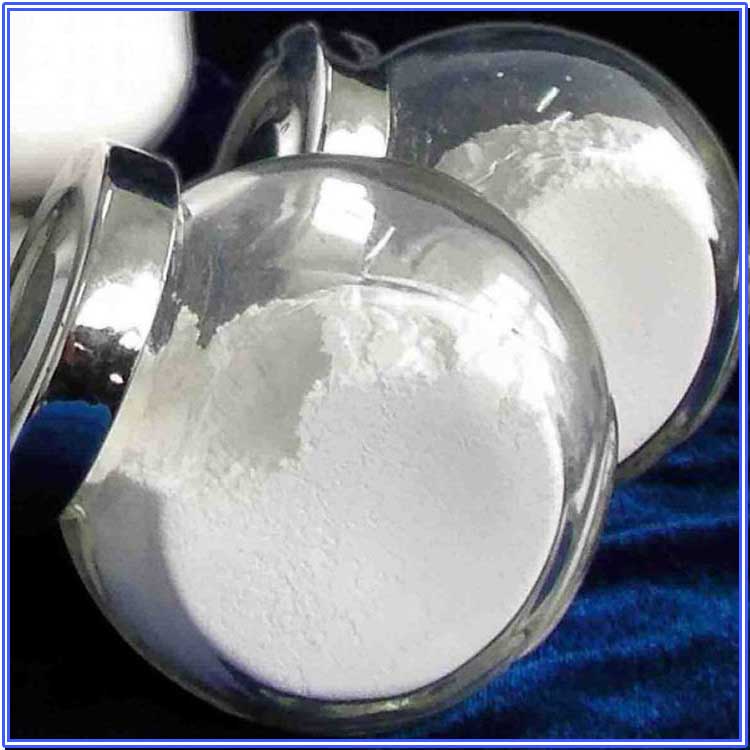Hebei Messi Biology Co., Ltd. reviews the laboratory preparation methods of magnesium oxide and its application in catalytic reactions. The main methods for preparing magnesium oxide are thermal decomposition, chemical precipitation, hydrothermal and sol-gel methods. The preparation raw materials and reaction conditions affect the surface structure and properties of magnesium oxide. Magnesium oxide has strong alkalinity and can be used as a solid base catalyst to catalyze reactions such as Claisen-Schmidt and Knoevenagel condensation. The interfacial interaction between magnesium oxide and nanometal produces a synergistic effect, and the prepared supported metal catalyst has a unique structure and properties. As an auxiliary agent, magnesium oxide can adjust the structure and pH of the catalyst and improve the activity and stability of the catalyst. Finally, the problems of magnesium oxide as a catalyst carrier are analyzed, and possible solutions and directions are prospected.

Magnesium oxide (MgO), a typical alkali metal oxide (Ho=+26), is used as a fireproof material, optical material, transparent ceramics, etc. In catalytic reactions, MgO is used as a heterogeneous solid base catalyst to replace non-environmentally friendly homogeneous base catalysts; high surface area MgO is used as a carrier for metal and metal oxide catalysts, and its interfacial interaction with the active components produces synergistic properties, which can prepare multifunctional catalysts with modifiable properties; as an auxiliary agent, MgO changes the structure and properties of the catalyst and improves the activity and stability of the catalyst. Hebei Meixi Biological Co., Ltd. summarized the surface morphology and properties of MgO prepared by different reaction raw materials and reaction conditions, and found that different preparation methods affect the surface morphology and activity of MgO. The research status of MgO used as an active component, carrier and auxiliary agent of the catalyst was analyzed. The preparation method of the catalyst and the catalytic reaction conditions affect the catalytic performance.
